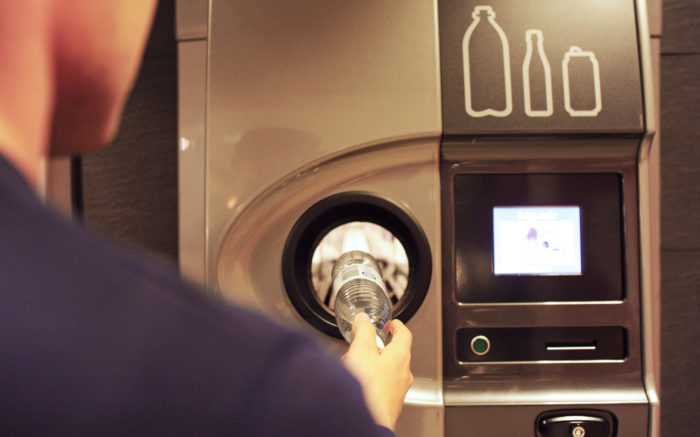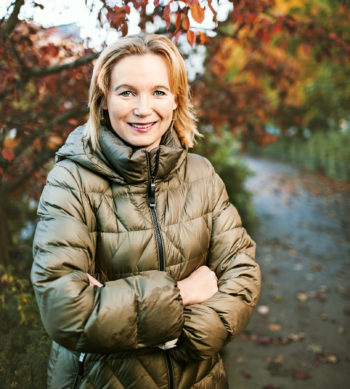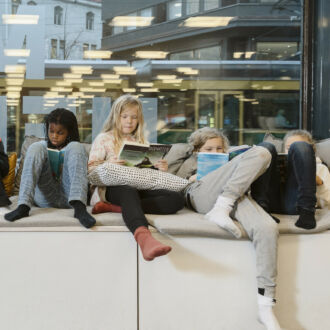The circular economy’s key idea is to detach growing prosperity from the over-exploitation of virgin natural resources.
We are used to living in a linear economy, where goods are manufactured from raw materials, sold in the largest possible quantities, and eventually discarded. This model no longer works; it has become clearer that natural resources on earth, the only planet available to us, are finite. The climate crisis and loss of biodiversity indicate more clearly than ever that we will have to leave some natural resources unexploited.
Incentivising businesses

Returning bottles at the supermarket: Recycling is really just the beginning.Photo: Emilia Kangasluoma
In the circular economy, products are shared. Services are purchased, rather than goods. Materials are reused several times over, and products are designed to be long-lasting. Material in single products is reused when they reach the end of their lives or an intermediate production phase. Production and product use create minimal waste.
“In many public discussions, the circular economy is only about recycling,” says Mari Pantsar, director of sustainability solutions at Sitra, a Finnish fund focused on future-oriented study and research. It is building a thriving Finland for tomorrow and accelerating sustainable business.
“We have already partly made the transition to the circular economy,” she says, “but our patchy, though well-functioning, recycling and reuse of products is just the first step.”
Pantsar believes that the key challenges lie in creating economic incentives to drive the use of recycled materials. “Products made out of recycled materials are often more expensive, or market entry is difficult. Choosing products made out of recycled materials should make more financial sense for everyone.
“There is not much unique about circular economy activities. They were practiced in premodern times because they made financial sense. Products were shared, long-lasting and many were reused as a matter of course. It just wasn’t known as the circular economy. Today these practices are combined with digital platforms that enable sharing practices.”
Finland pioneering in many ways

Mari Pantsar, director of sustainability solutions at Sitra, says, “There is not much unique about circular economy activities. They were practiced in premodern times because they made financial sense.”Photo: Roope Permanto
Finland aims to create the world’s most ambitious circular economy market, encouraging investment and the creation of new solutions.
Finland unveiled the world’s first circular economy roadmap in September 2016. Following Finland’s example, at least nine other EU countries have drawn up similar action plans since then. The first event to highlight the world’s best circular economy solutions, World Circular Economy Forum 2017, took place in Finland. More than 1,600 private-sector delegates, decision-makers and experts attended from over 90 countries. The event fosters international cooperation in transforming the world’s economy. The 2018 forum was held in Japan, and in 2019 it came back to Finland. In 2020 the event moved online because of coronavirus-related restrictions. In April 2021, the WCEF+Climate conference was held in hybrid format in the Netherlands, and in September 2021 North America hosted the World Circular Economy Forum for the first time, in Toronto, Canada.
Sitra’s list of key examples of circular economy businesses has acted as a popular awareness-raising tool.
“We hope that as many companies as possible go through the list and ponder whether it contains new ideas for doing business,” says Pantsar. “Companies are queueing up to join the list, which has attracted interest elsewhere in the world.”
The circular economy is being widely taught in schools: a generation of Finnish youngsters have already learned about the phenomenon.
“We want to challenge teachers to teach the circular economy to children in every grade,” Pantsar says. “Our aim is that all people, irrespective of their sector, understand how to make the circular economy a reality.”
By Samppa Haapio, ThisisFINLAND Magazine 2019, event info updated September 2021



